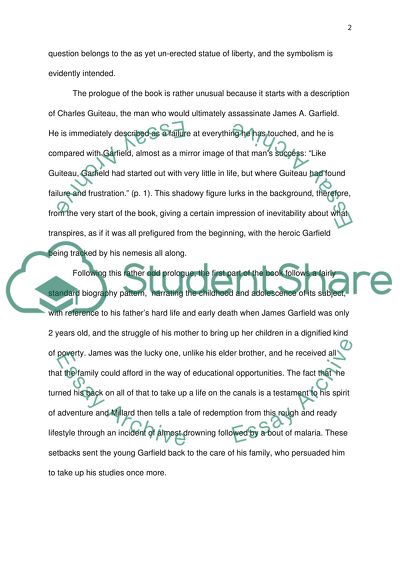Cite this document
(“Destiny of the Republic: A Tale of Madness, Medicine and the Murder of Book Report/Review”, n.d.)
Retrieved from https://studentshare.org/history/1439094-destiny-of-the-republic-a-tale-of-madness-medicine
Retrieved from https://studentshare.org/history/1439094-destiny-of-the-republic-a-tale-of-madness-medicine
(Destiny of the Republic: A Tale of Madness, Medicine and the Murder of Book Report/Review)
https://studentshare.org/history/1439094-destiny-of-the-republic-a-tale-of-madness-medicine.
https://studentshare.org/history/1439094-destiny-of-the-republic-a-tale-of-madness-medicine.
“Destiny of the Republic: A Tale of Madness, Medicine and the Murder of Book Report/Review”, n.d. https://studentshare.org/history/1439094-destiny-of-the-republic-a-tale-of-madness-medicine.


